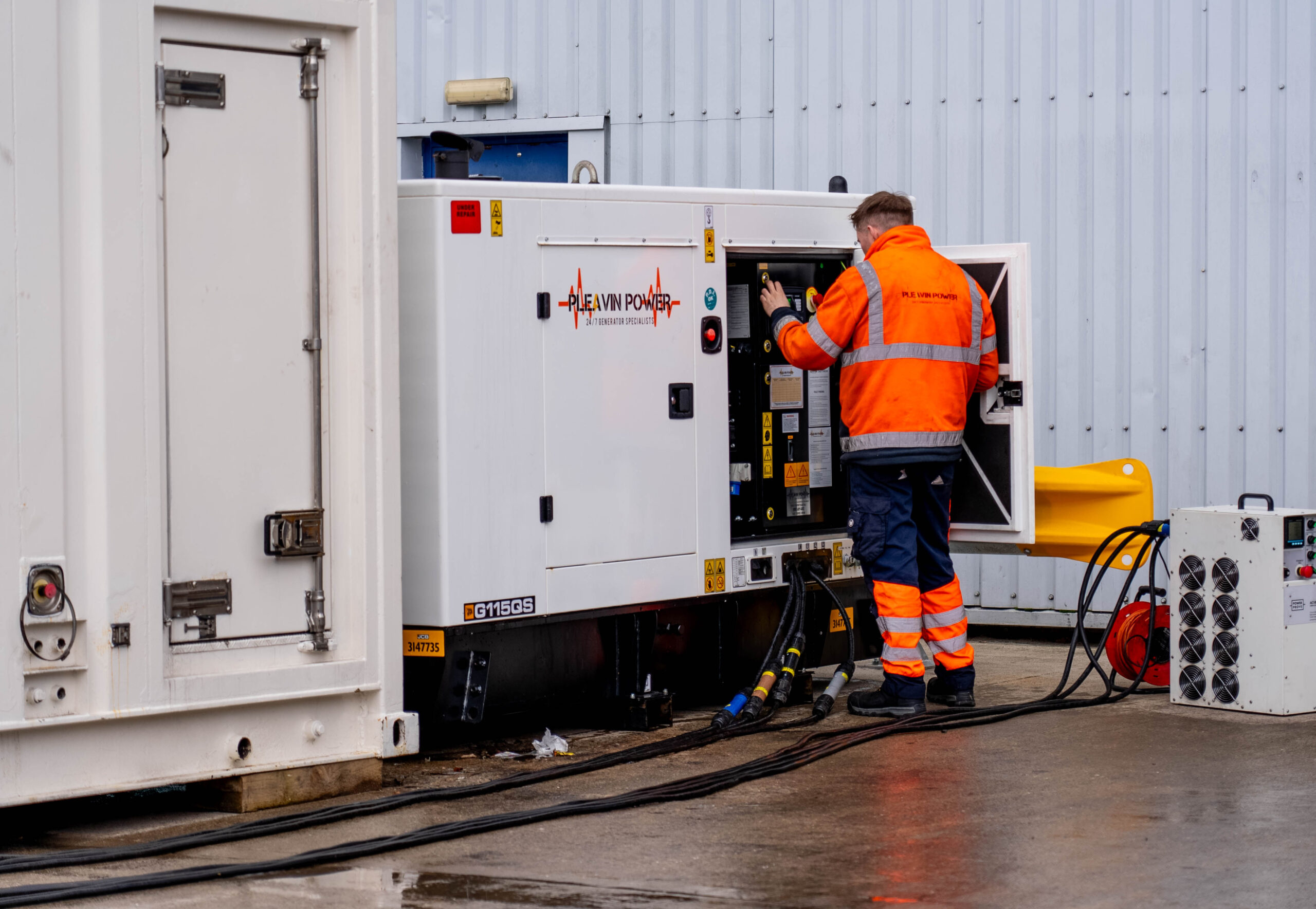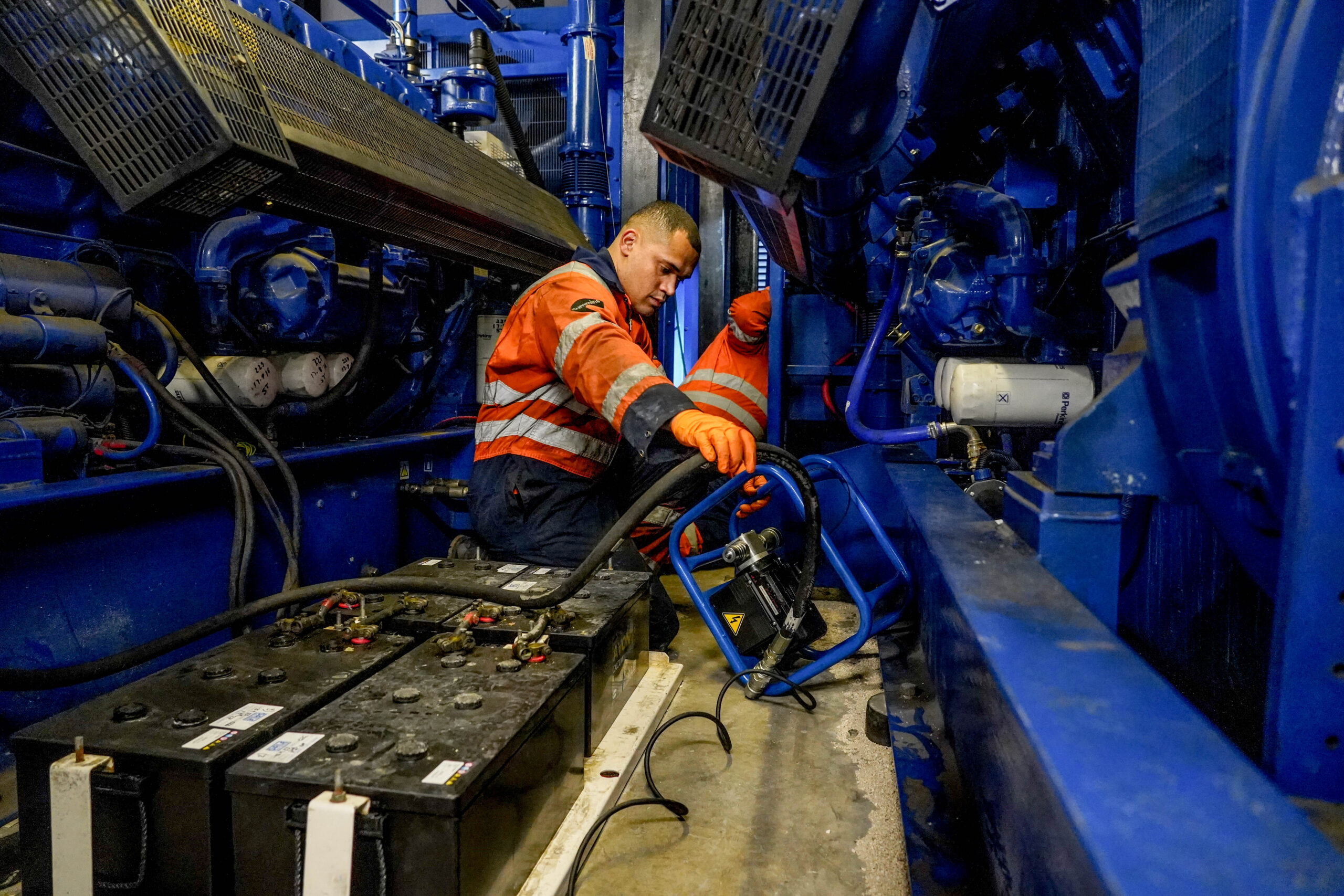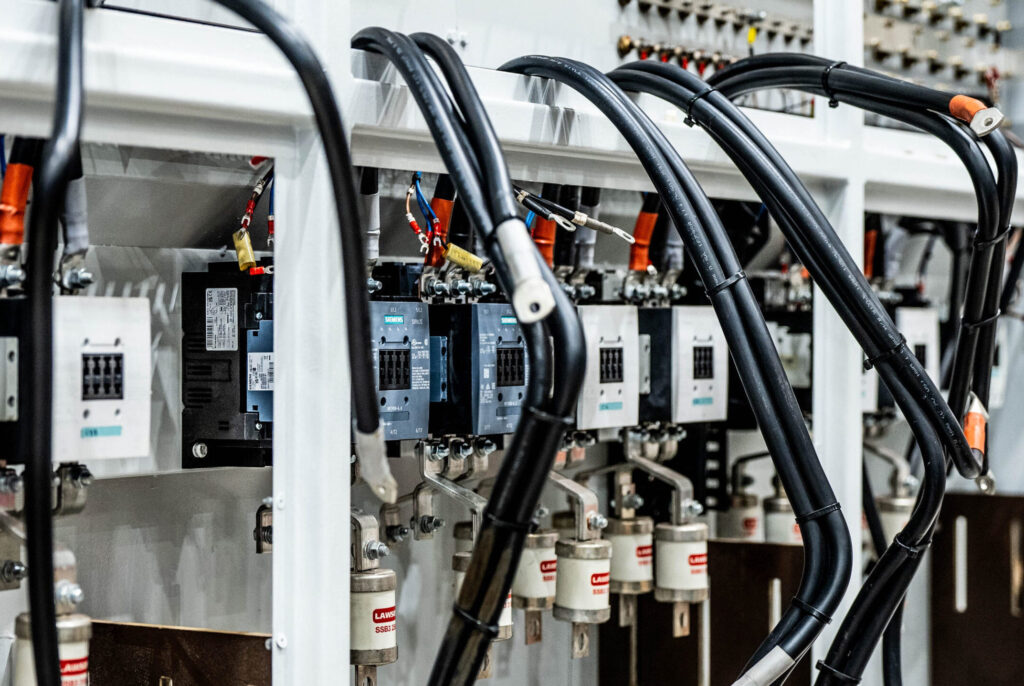Standby generators are designed to provide emergency power when you need it most: During an expected power cut or a localised failure. However, they can only do this if they are properly tested and maintained.
In many cases, businesses have no idea how an emergency generator will perform in real-world conditions, simply because they’ve never needed to use it. They carry out routine maintenance to make sure the generator will actually start and run, but they neglect more detailed testing.
This is where a process called load bank testing becomes essential. It simulates the demands of a power outage, flagging up potential weaknesses before they lead to failure.
Why Load Bank Testing Matters
In some situations, emergency power is only needed for just a few seconds or minutes. It’s a stop-gap until the mains power is restored or a fault fixed. You might think then that all you need for this very short period of time is a backup generator that simply runs.
However, this could lead to catastrophic consequences for your business operations. Unless you can be 100% sure that the generator is capable of handling the load, even for just those few seconds or minutes, then there’s a very real risk of it failing. This could mean significant downtime, damage to equipment, a drop in productivity, reputational damage and extra costs.
Load bank testing helps you to assess and guarantee reliability under pressure. It allows you to simulate real load conditions, just as if there was a power outage.
In essence, load banking is an example of proactive testing, rather than passive testing such as a startup check or a visual inspection. All of these are vital though as part of a comprehensive generator maintenance plan. 
What Is Load Bank Testing?
If you’re wondering exactly what is a load bank test for a generator, it’s actually reasonably straightforward. It involves using a load bank, which is a piece of specialist electronic equipment designed to simulate the normal operating load of a generator, uninterruptible power supply (UPS) battery.
Here’s how the process works:
- A trained, qualified technician connects a load bank to the generator – this requires using suitable cables and in a safe and controlled testing area.
- The generator is started and allowed to warm-up, until it reaches its normal operating temperature
- The load is gradually applied in a series of steps – for example, 25%, 50%, 75% and finally 100% – until the desired load level is reached
- At each step, the technician uses equipment to carry out monitoring – on key factors such as voltage, temperature, frequency and fuel performance
- The load is removed, and the generator is allowed to cool down
Key Benefits of Routine Testing
There are a number of reasons why load bank testing on generators should be carried out regularly, ideally as part of a carefully planned maintenance schedule.
To start with, it helps to confirm the system capacity. You aren’t just guessing (or hoping) that the generator will be able to handle the power demand in an emergency, possibly based on the estimated output. A successful load bank test means that you’ll actually know, giving you confidence that the generator will perform when you really need it to.
Routine testing can also identify hidden faults. For example, clogged filters or poor fuel combustion faults that may not be detected during passive checks or tests, but emerge during load conditions.
It can also give you actionable data and performance metrics, to help you plan preventative maintenance or plan for replacement parts. It could even expand the lifespan of your equipment.
Lastly, regular load bank testing can also prevent something known as wet stacking. This is where unused fuel accumulates in the generator’s exhaust system. Load banking can help to burn off this excess fuel.

Compliance and Safety Considerations
Another important reason to schedule regular load bank testing for your generator is compliance.
A key regulation which may affect many UK businesses is British Standard BS 7671, which requires electrical installations to be subject to periodic inspection and testing. Other industry-specific standards and regulations may also require standby equipment to be regularly checked, tested and maintained.
This can impact safety, as well as ensuring compliance with relevant regulations. A prime example of where it really matters are safety systems in high-risk environments such as manufacturing or construction (where dangerous machinery is used), which may fail if the emergency generator isn’t able to provide adequate power.
How Often Should You Perform Load Testing?The frequency of load bank testing will depend on your specific business and industry, as well as the environment your generator is used in.
Generally speaking, load bank testing should be carried out:
- Annually for most commercial standby generators
- Monthly or quarterly for mission-critical applications (such as hospitals or data centres)
- After major repairs or modifications to ensure the system still meets performance expectations
- More frequently in harsh environments (for example, humid, dusty or coastal locations), due to accelerated wear and corrosion.
For a more accurate testing schedule, it’s best to get a tailored assessment from a generator hire or servicing specialist.















